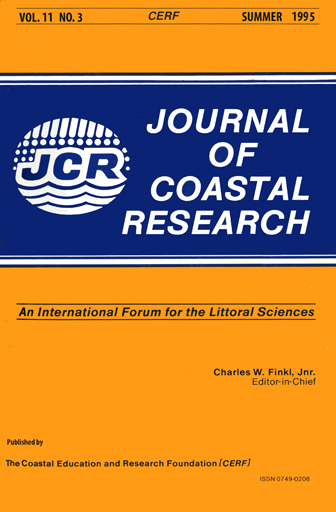Evaluation of an Apparent Late Pleistocene (25-40 ka BP) Sea Level High Stand: An Artifact of a Greatly Enhanced Cosmic Ray Flux of ~60 ka BP
Keywords:
Radiocarbon dating, U.S. southeast Atlantic coastal plain.Abstract
Certain marine deposits found along the Atlantic coast of the southeastern United States and dated by the radiocarbon method from 25 ka to 40 ka BP may have actually been deposited at 60±2 ka BP. The radiocarbon dates on these deposits as a population are not greatly affected by contamination as is commonly thought. Instead, their apparent juvenile nature may have resulted from the earth being subjected to a greatly enhanced cosmic ray flux which produced greater than normal amounts of 10Be and 14C. 10Be concentration anomalies are present in polar ice cores whereas 14C enhancement is reflected by comparing published radiocarbon apparent ages to corresponding ages determined by amino acid racemization, thermoluminescence, or uranium disequilibrium series methods. Numerical modeling of the 14C budget suggests a cosmic ray flux enhancement beginning about 60 ka BP, lasting for 200 to 400 years and having an intensity of 150 to 250 times that of the modern flux. This discovery could resolve a long-standing debate on the chronology of sea level changes during the mid- to late Wisconsin.


